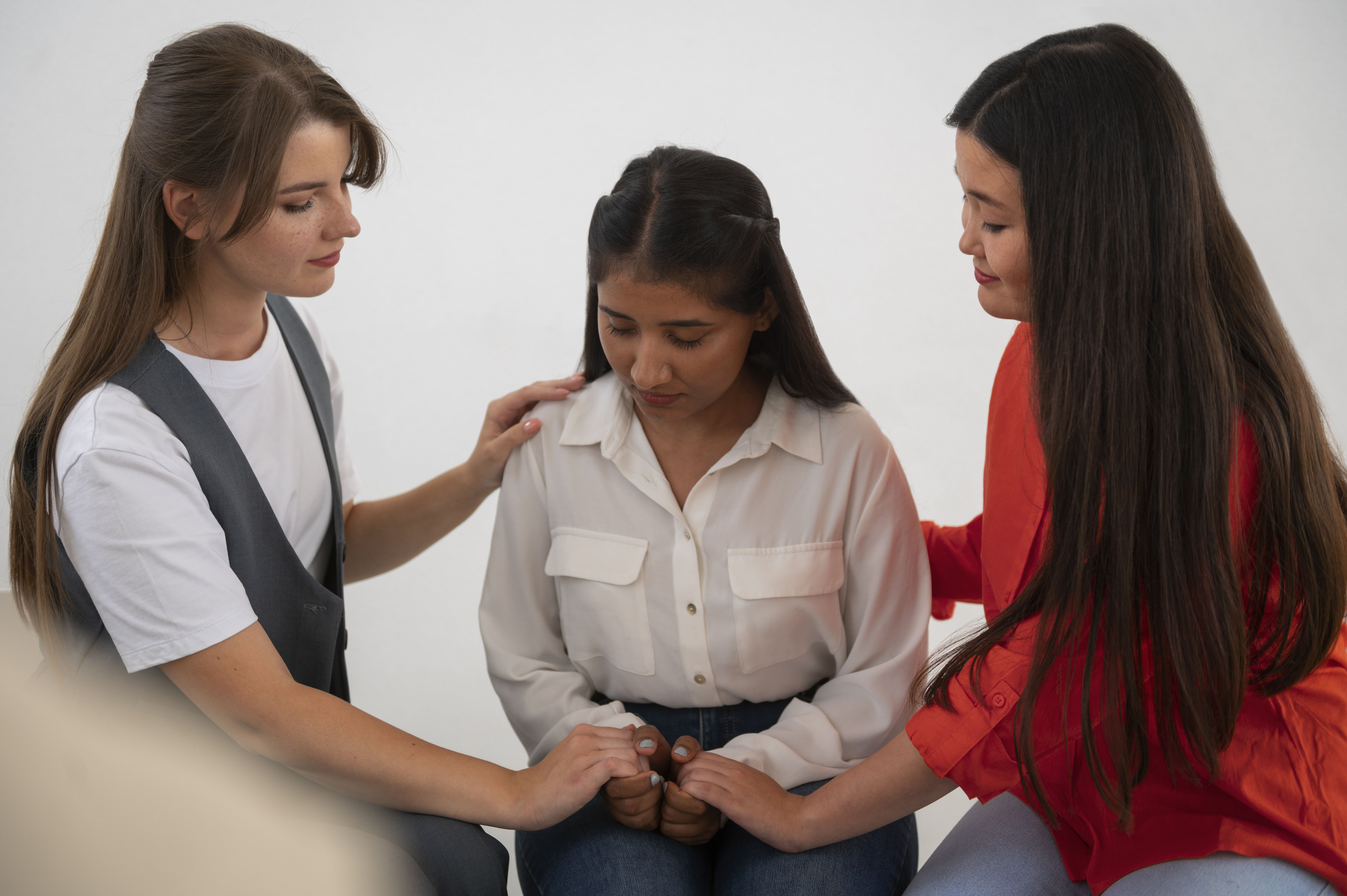1. Delayed Puberty
Description: Delayed puberty occurs when there is a delay in the onset of breast development (thelarche) and menstruation (menarche). Typically, breast development should begin by age 13, and menstruation should start by age 15.
Causes:
- Genetics
- Chronic illnesses (e.g., diabetes, cystic fibrosis)
- Hormonal imbalances (e.g., hypothyroidism)
- Nutritional deficiencies
- Excessive physical activity or low body weight
Symptoms:
- Lack of breast development by age 13
- No menstruation by age 15
Management:
- Medical evaluation to determine underlying causes
- Hormone therapy if hormonal imbalances are identified
- Nutritional support and counseling
-
2. Precocious Puberty
Description: Precocious puberty is the early onset of puberty, typically before the age of 8 in girls.
Causes:
- Idiopathic (without a known cause)
- Hormonal disorders (e.g., hyperthyroidism)
- Central nervous system abnormalities (e.g., brain tumors)
Symptoms:
- Early breast development
- Early pubic hair growth
- Early menstruation
- Rapid growth spurts
Management:
- Medical evaluation to determine underlying causes
- Hormone therapy to delay further pubertal development
3. Irregular Menstruation
Description: Menstrual cycles may be irregular during puberty as the body adjusts to hormonal fluctuations.
Causes:
- Hormonal imbalances
- Polycystic ovary syndrome (PCOS)
Symptoms:
- Unusually long or heavy periods
- Frequent skipped periods
- Severe menstrual cramps
Management:
- Monitoring and tracking menstrual cycles
- Hormonal treatments (e.g., birth control pills) to regulate cycles
- Lifestyle changes (e.g., diet and exercise)
4. Dysmenorrhea
Description: Dysmenorrhea refers to painful menstrual periods, which are common during adolescence.
Causes:
- Primary dysmenorrhea: natural hormonal changes
- Secondary dysmenorrhea: underlying conditions like endometriosis or pelvic inflammatory disease (PID)
Symptoms:
- Severe menstrual cramps
- Pelvic pain
Management:
- Pain relief medications (e.g., NSAIDs)
- Hormonal treatments to manage underlying conditions
- Lifestyle changes (e.g., heat therapy, exercise)
5. Premenstrual Syndrome (PMS)
Description: PMS involves symptoms like mood swings, bloating, breast tenderness, and acne due to hormonal fluctuations.
Causes:
- Hormonal changes during the menstrual cycle
Symptoms:
- Mood swings
- Bloating
- Breast tenderness
- Acne
Management:
- Dietary changes (e.g., reducing caffeine and salt intake)
- Regular physical activity
- Medications (e.g., NSAIDs, hormonal treatments)
6. Ovarian Cysts
Description: Ovarian cysts are fluid-filled sacs that develop on the ovaries, which can occur during puberty.
Causes:
- Hormonal changes
- Functional cysts (e.g., follicular cysts, corpus luteum cysts)
Symptoms:
- Pelvic pain
- Irregular menstruation
Management:
- Monitoring and regular follow-up
- Surgical intervention if cysts are large or symptomatic
7. Vaginal Infections
Description: Adolescents are susceptible to vaginal infections due to hormonal changes, poor hygiene practices, or sexual activity.
Causes:
- Bacterial vaginosis
- Yeast infections (vulvovaginal candidiasis)
- Sexually transmitted infections (STIs)
Symptoms:
- Vaginal discharge
- Itching
- Burning sensation
Management:
- Antimicrobial or antifungal medications
- Education on proper hygiene practices
- Safe sex practices and STI prevention
8. Body Image Concerns
Description: Physical changes during puberty can impact body image and self-esteem.
Symptoms:
- Self-consciousness
- Dissatisfaction with changing body
Management:
- Counseling and support
- Education on healthy body image
- Encouraging open communication with parents or guardians
Conclusion
Addressing gynecological puberty problems is crucial for ensuring the overall well-being of young girls during this pivotal stage of development. Early diagnosis and appropriate management of issues such as menstrual irregularities, delayed or precocious puberty, and other hormonal imbalances can help prevent long-term health complications and support healthy emotional and psychological growth. Open communication with healthcare providers, education, and timely intervention play key roles in helping young girls navigate puberty confidently, ensuring a smooth transition into adulthood with optimal reproductive health.

